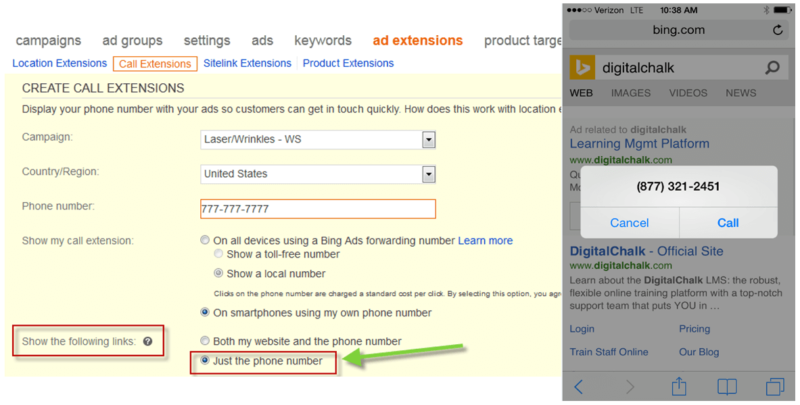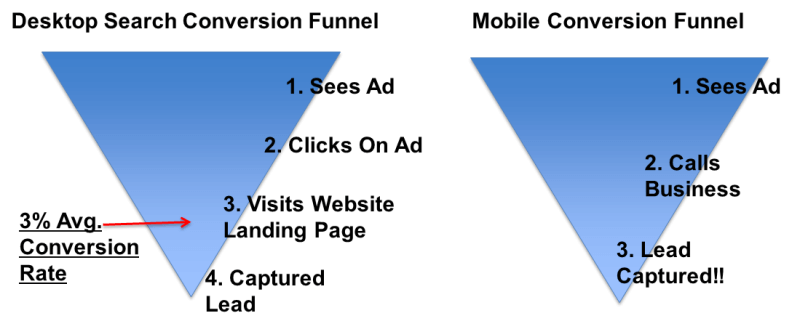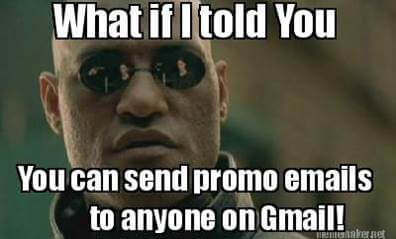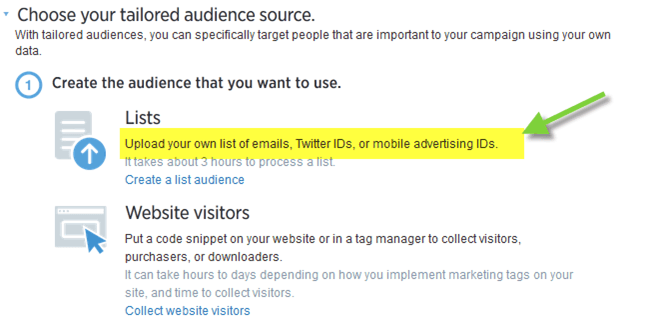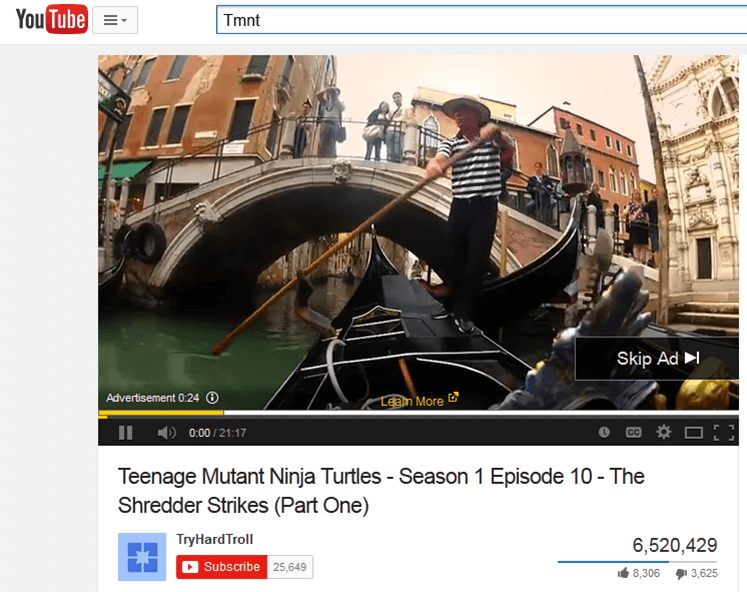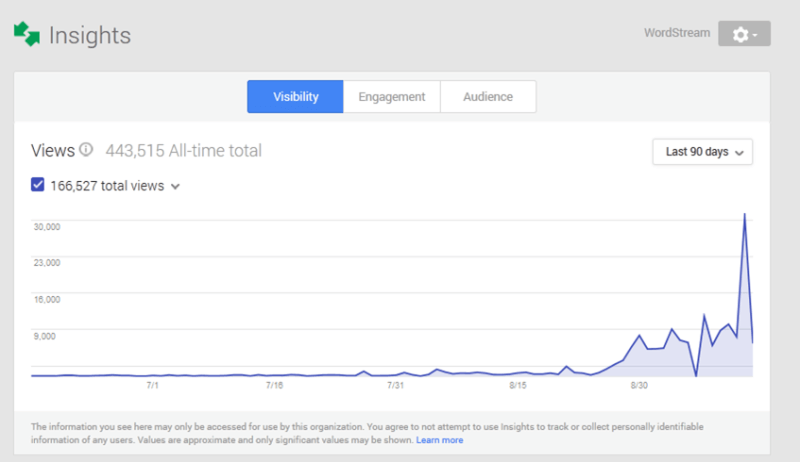3 Small Paid Search Optimizations With Huge Impact
Columnist Larry Kim explains how a few PPC optimizations can make a big difference in your bottom line. It's the little things that count.
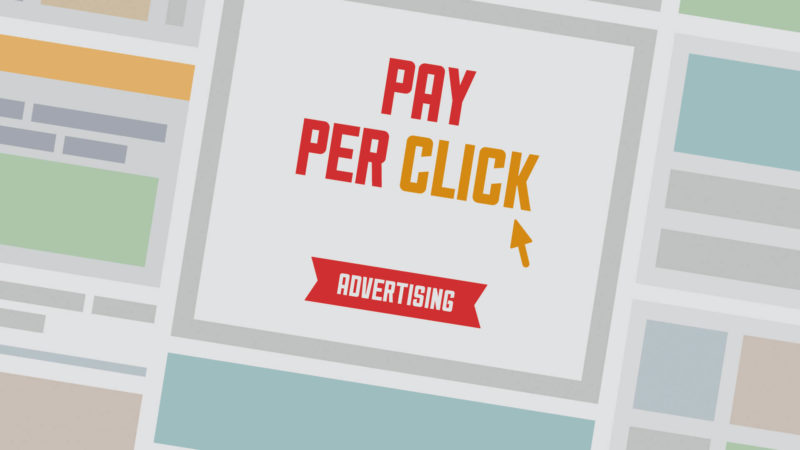
The ever-changing paid search landscape makes it pretty difficult for marketers to feel totally confident in their PPC strategy. It seems like there are always new optimizations you could be doing – new opportunities to improve performance – but which ones should you prioritize and really focus in on?
I spoke at iSummit 2014 in Orlando recently and shared three simple PPC optimizations any marketer can implement right now to see huge improvements in their campaign performance.
Quite often, the optimizations that will make the biggest differences aren’t the most complicated, or the most time-consuming to do. Sometimes, it means trying a new ad format or simply rethinking the conventional wisdom.
Still, few PPC marketers are using these tactics to get a leg up on their competition. Give these three optimizations a try and see what it can do for your paid search campaigns.
1. Force Click-To-Call In Your Mobile PPC Ads
Marketers have collectively spent far too much time trying to optimize the mobile web experience. We want to get people to the mobile website, give them interesting things to look at and engage them! So we drive traffic from our mobile PPC ads to the website.
Stop doing that. Instead, have your ad traffic call your business phone number. Why give them the option to visit your site when you can get them on the phone and immediately convert that call to a lead? It’s like you’re asking them to please spend some more time on their own wandering around your site and deciding whether or not to call you.
Landing pages are notoriously leaky; this is where you’ll lose around 97% of your visitors. In addition, commercial intent decays over time, so in the 24 hours or so it may take you to follow up on an inquiry from your website content form, you could lose the conversion entirely. The moment has passed.
Our research has found that calls to businesses are worth three times more, on average, than clicks to a website.
Choose click-to-call and don’t split part of your ad traffic off and send them to your site.
2. Target Specific People, Not Just Keywords
Keywords drive paid search, there’s no doubt about it. However, as competition has increased and technology advanced, we’ve had to start thinking more about the person searching on that keyword.
Who are the people searching for information on this topic? What are their motivations? Where are they while they’re performing searches and what is their state of mind?
There are a couple of really awesome ad formats you can use to get started with this new way of thinking.
The first is Gmail Sponsored Promotions. This program is still in beta, but the targeting options already being offered are insanely powerful!
You can target audiences based on who they’re already getting email from using domain targeting, by keywords in their last 300 emails, by occupation information and by demographics. You can also use it to boost your existing email marketing campaigns with email list targeting, if you have over 1,000 people on your list.
These ads show up at the top of the user inbox and are made to look like regular emails. When a user clicks to open, they’re delivered into an HTML email.
We’ve been seeing 11% email open rates with this new ad option, which is four or five times higher than the average generic, right sidebar ad on the Google Display Network.
Google isn’t your only option here, though; Facebook is the king of people marketing. With their Custom Audiences, you can use a list of emails or phone numbers from your internal mailing list to get in front of those users while they’re on Facebook.
I love this feature, because, with our own mailing list, there is a limit as to how many emails we can send. Email can really limit your agility. Using these Custom Audiences, we can target the same people on Facebook instead, which is where they hang out. Arguably, it’s less intrusive than cluttering up their inbox.
Of course, Twitter has noticed the people-based advertising trend, too. They’re kind of the last-mover here, so a lot of this stuff isn’t working that great just yet (for example, it takes them four hours to process a list – yikes!), but you can target specific Twitter IDs or emails with whatever it is you want to promote.
Even though they haven’t perfected the technology yet, Twitter is worth giving a shot.
Email and PPC marketers should be collaborating to take advantage of the “people marketing” trend, since a lot of magic can happen when you target specific people with the right message. It can also help offset a lot of the problems associated with email marketing, such as low deliverability rates, unsubscribes, lack of inventory, etc.
3. First Mover Advantage
By my estimation, there are over a thousand new features added in AdWords every year – and that’s just AdWords! Then you have other big ad platforms like Bing, Twitter, Facebook, Linkedin, and more. There’s a huge, decisive advantage in being the first in your niche to adopt the latest ad formats and targeting capabilities.
Here are just a few examples of my favorites from the latest and greatest features.
TrueView Ads On YouTube
People spend 6 billion hours on YouTube every month – your customers are hanging out here. Why aren’t you?
You can get text ads to appear alongside and within YouTube videos, but the TrueView ad format plays before a video. You only pay if someone views your video and if they click “skip ad,” you pay nothing.
The targeting options are insanely powerful and allow you to target via remarketing (people who visited your site), by YouTube channel (you can even show up as a trailer ahead of your competitor’s videos!), by video topic, by keyword, demographics and more.
+Post Ads for Google+
Another recent example of a new and powerful ad option is the +Post ad for promoting your company Google+ posts as ads throughout the Google Display Network.
Now, I’m not saying Google+ is the greatest place to invest your social media marketing budget (I actually think it’s slowly dying), but the ability to reach out beyond that network and into the Display network is powerful. How powerful? Here’s an example of the first-mover advantage:
I set up a +Post ad campaign with a $20 daily budget to promote the latest Google+ post from my +WordStream company page. The impact was profound.
My Google+ updates were not getting much traction before and I think that experience is probably true for a lot of mid-sized and smaller brands. With just that little bit of sponsored promotion, the page visibility increased dramatically – from 0 to 30,000 views per day! How? Quite simply, no one uses this feature and there’s a huge advantage to being the first.
Small Optimizations Can Have Great Impact
None of the optimizations in this article are going to break the bank or require a massive shift in your paid search strategy. Opting out of driving traffic to your website from mobile search and choosing only Click-to-Call; focusing more on who you’re trying to reach than the particular words they’re searching for; investing a bit of budget in the latest ad formats and platforms – these are not huge, complicated things.
Give them a try and see what a difference they can make in your paid search performance! See my full presentation from iSummit on SlideShare to learn more.
Contributing authors are invited to create content for Search Engine Land and are chosen for their expertise and contribution to the search community. Our contributors work under the oversight of the editorial staff and contributions are checked for quality and relevance to our readers. The opinions they express are their own.
Related stories
New on Search Engine Land
